Tech Specs
It’s your guitar. Make it your sound, too.
Each guitar has its own sound, and each person has their own acoustic tastes.
Here’s what kind of changes you can expect when you install The Droplet Sound System,
quantified by experts in the field.
Jack Allocco 11-Time Emmy Award Winning Guitarist & Composer
On a 1971 Martin D-35:
“This is a very broken in, vintage guitar, and needed little or no help to sound fantastic. That said, the Droplet Sound System seemed to add sparkle to the top end on an otherwise low-to-mid-range sounding dreadnought guitar. Its sustain, which is substantial, remained happily unaffected. Overall, a very pleasant result.”
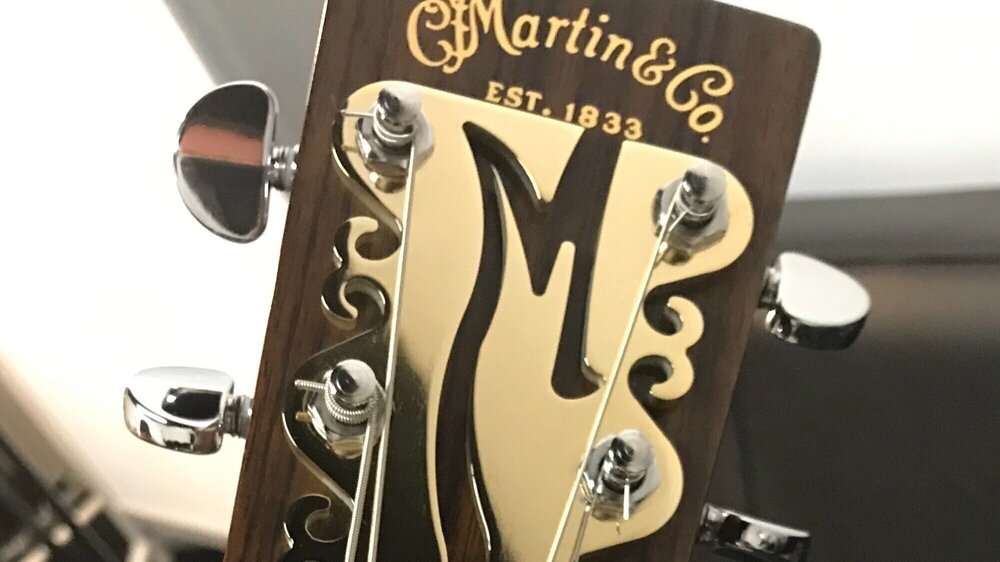
On a 1971 Martin D-35:

“This is a very broken in, vintage guitar, and needed little or no help to sound fantastic. That said, the Droplet Sound System seemed to add sparkle to the top end on an otherwise low-to-mid-range sounding dreadnought guitar. Its sustain, which is substantial, remained happily unaffected. Overall, a very pleasant result.”
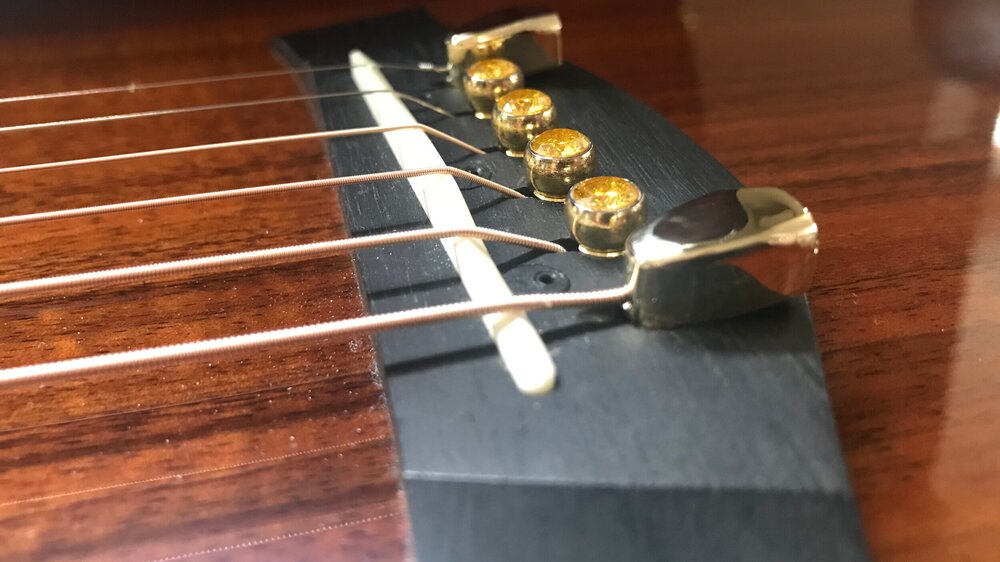
On a 1982 Rainsong Carbon Fiber:
“This guitar always sounds best when amplified with its internal pickup system. That said, acoustically the Droplet Sound System vastly improved the sound and balance of this guitar, bringing focus to its overtones and tempering its low end “boom.” Its overall sound quality was noticeably improved.”
On a 1982 Rainsong Carbon Fiber:
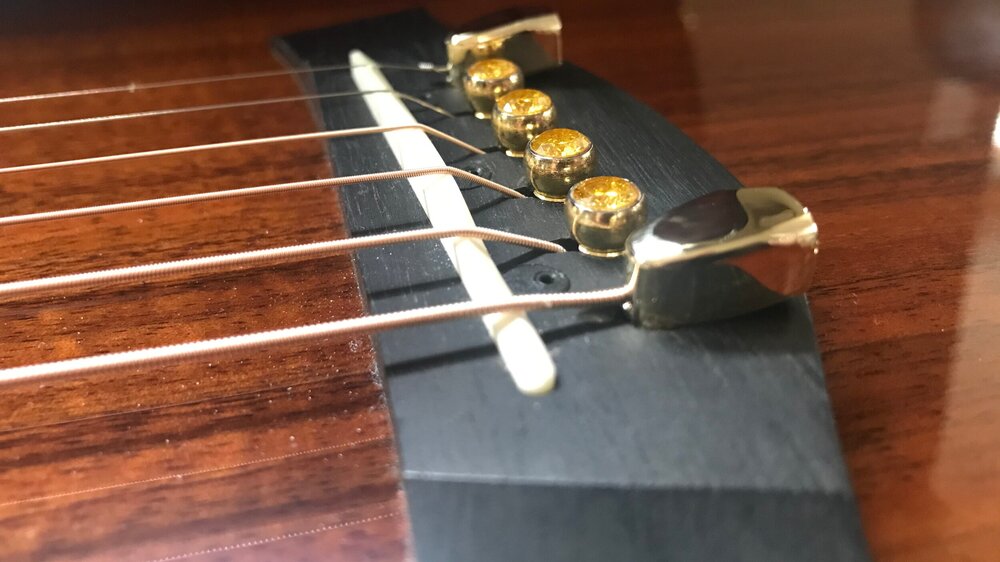
“This guitar always sounds best when amplified with its internal pickup system. That said, acoustically the Droplet Sound System vastly improved the sound and balance of this guitar, bringing focus to its overtones and tempering its low end “boom.” Its overall sound quality was noticeably improved.”
“In conclusion, although admittedly somewhat subjective, the Droplet Sound System definitely affected the tone and harmonic content of the guitars tested. As each guitar’s sonic characteristics were unique, one could not have anticipated the exact effect of the system on any particular guitar.
[. . .] the system in every case heightened the focus and clarity of each instrument and as such with no doubt sit well in any track or complicated mix.”


“In conclusion, although admittedly somewhat subjective, the Droplet Sound System definitely affected the tone and harmonic content of the guitars tested. As each guitar’s sonic characteristics were unique, one could not have anticipated the exact effect of the system on any particular guitar.
[. . .] the system in every case heightened the focus and clarity of each instrument and as such with no doubt sit well in any track or complicated mix.”
David Martinez Sound Engineer at Capitol Records
Better Clarity
“The most noticeable [difference] was in the way that it reduced the amplitude of frequencies between 150Hz to 350Hz. This inevitably leads to clarity of tone. [. . .] If the guitar naturally tends to sound ‘muddy’ either in person or on recordings, the reduction in frequencies between 150Hz and 350Hz that are caused by the Droplet system would offer improved clarity to the player. [. . .] From an audio engineer’s perspective, the reduction in frequencies between 150Hz and 350Hz can mean that the instrument will sit much better in an overall mix. Personally, these are the first frequencies that I reduce when I am trying to get an acoustic guitar to sit in a mix well.”
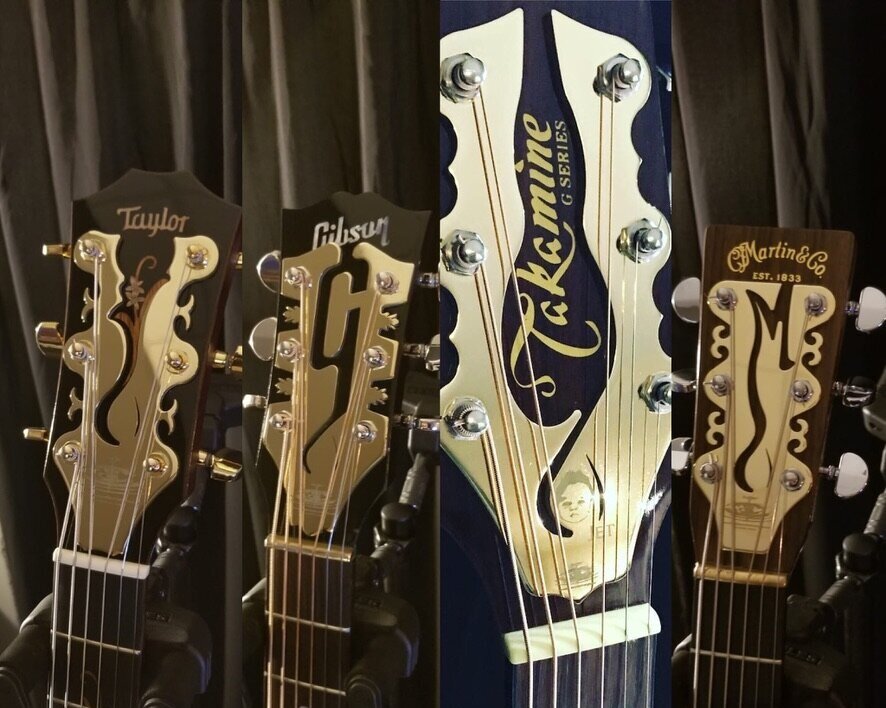
Better Clarity

“The most noticeable [difference] was in the way that it reduced the amplitude of frequencies between 150Hz to 350Hz. This inevitably leads to clarity of tone. [. . .] If the guitar naturally tends to sound ‘muddy’ either in person or on recordings, the reduction in frequencies between 150Hz and 350Hz that are caused by the Droplet system would offer improved clarity to the player. [. . .] From an audio engineer’s perspective, the reduction in frequencies between 150Hz and 350Hz can mean that the instrument will sit much better in an overall mix. Personally, these are the first frequencies that I reduce when I am trying to get an acoustic guitar to sit in a mix well.”
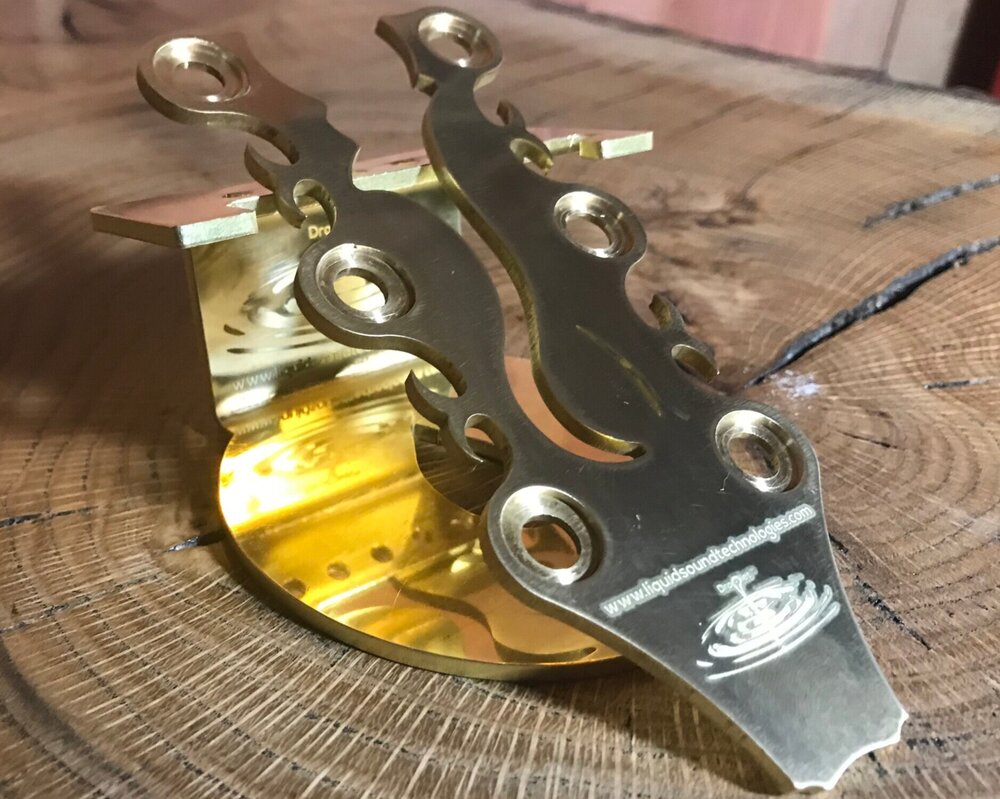
Increased Sustain
When you finish a song, you want those last few notes to ring out for as long as possible. But with some guitars, the decay in sustain happens too fast. By creating another point of resonance within the guitar – one not tied to the wood of the body – The Droplet Sound System extends the duration of each note, leading to a more gradual drop-off. This effect is particularly pronounced in the low end:
“The second [most notable] aspect was in the sustain of the individual notes. [. . .] An interesting side effect of the increased sustain can be seen on bottom guitar strings G,B and E. During the decay, frequencies below 100Hz increase in amplitude.”
Increased Sustain

When you finish a song, you want those last few notes to ring out for as long as possible. But with some guitars, the decay in sustain happens too fast. By creating another point of resonance within the guitar – one not tied to the wood of the body – The Droplet Sound System extends the duration of each note, leading to a more gradual drop-off. This effect is particularly pronounced in the low end:
“The second [most notable] aspect was in the sustain of the individual notes. [. . .] An interesting side effect of the increased sustain can be seen on bottom guitar strings G,B and E. During the decay, frequencies below 100Hz increase in amplitude.”
Plays Well With Others
“The most noticeable [difference] was in the way that it reduced the amplitude of frequencies between 150Hz to 350Hz. This inevitably leads to clarity of tone. [. . .] If the guitar naturally tends to sound ‘muddy’ either in person or on recordings, the reduction in frequencies between 150Hz and 350Hz that are caused by the Droplet system would offer improved clarity to the player. [. . .] From an audio engineer’s perspective, the reduction in frequencies between 150Hz and 350Hz can mean that the instrument will sit much better in an overall mix. Personally, these are the first frequencies that I reduce when I am trying to get an acoustic guitar to sit in a mix well.”
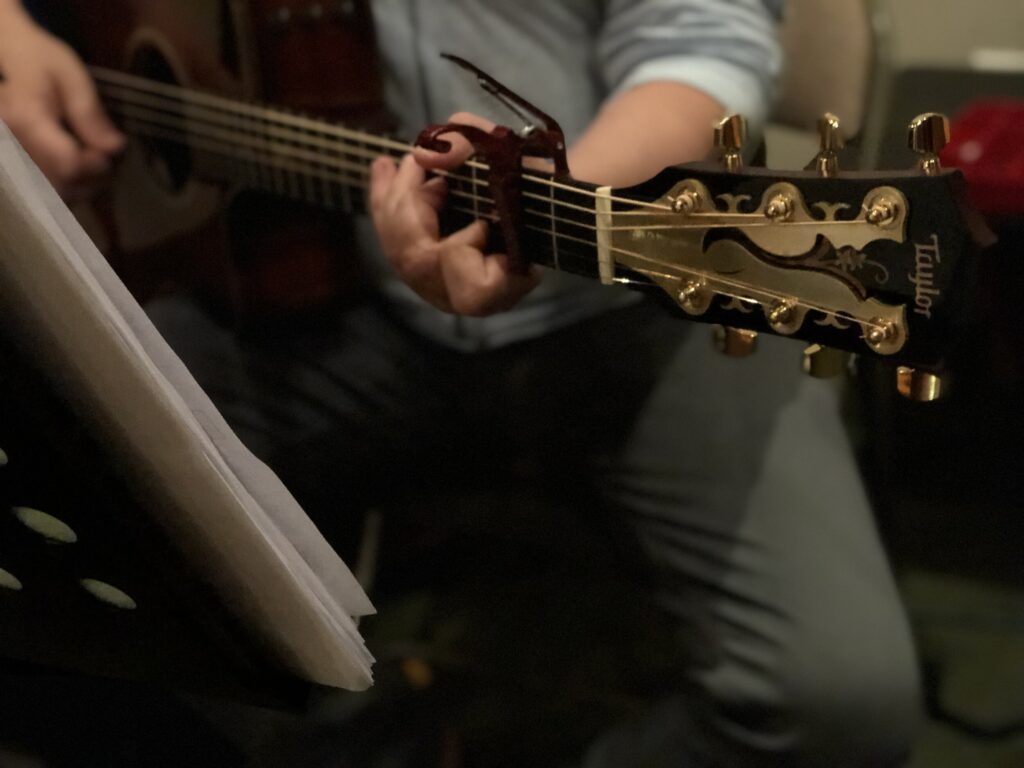
Plays Well With Others

“The most noticeable [difference] was in the way that it reduced the amplitude of frequencies between 150Hz to 350Hz. This inevitably leads to clarity of tone. [. . .] If the guitar naturally tends to sound ‘muddy’ either in person or on recordings, the reduction in frequencies between 150Hz and 350Hz that are caused by the Droplet system would offer improved clarity to the player. [. . .] From an audio engineer’s perspective, the reduction in frequencies between 150Hz and 350Hz can mean that the instrument will sit much better in an overall mix. Personally, these are the first frequencies that I reduce when I am trying to get an acoustic guitar to sit in a mix well.”
Randy Belculfine Former Chief Sound Engineer at Clover Studio, aka 1014 Vine St

“It feels like I’m playing a new instrument altogether. The Droplet system brings out the lush high-end and visceral low-end that I’ve never really been able to get out of my guitar, and I’ve noticed that it actually inspires me to play differently as a result. Seriously an incredible tool to get the most out of your acoustic guitar.”

“It feels like I’m playing a new instrument altogether. The Droplet system brings out the lush high-end and visceral low-end that I’ve never really been able to get out of my guitar, and I’ve noticed that it actually inspires me to play differently as a result. Seriously an incredible tool to get the most out of your acoustic guitar.”
Spectral Analysis
We’ve run The Droplet Sound System through rigorous testing, including spectral analysis of the same guitars before and after installation. Here’s just one of the many examples you can find on our YouTube channel.
Nashville, TN, USA | 678-936-1941 | vladimir@liquidsoundtech.com
Liquid Sound Technologies™ and Droplet Sound System™ | Device Patent # 10,255,892; 58379-3000USP1


